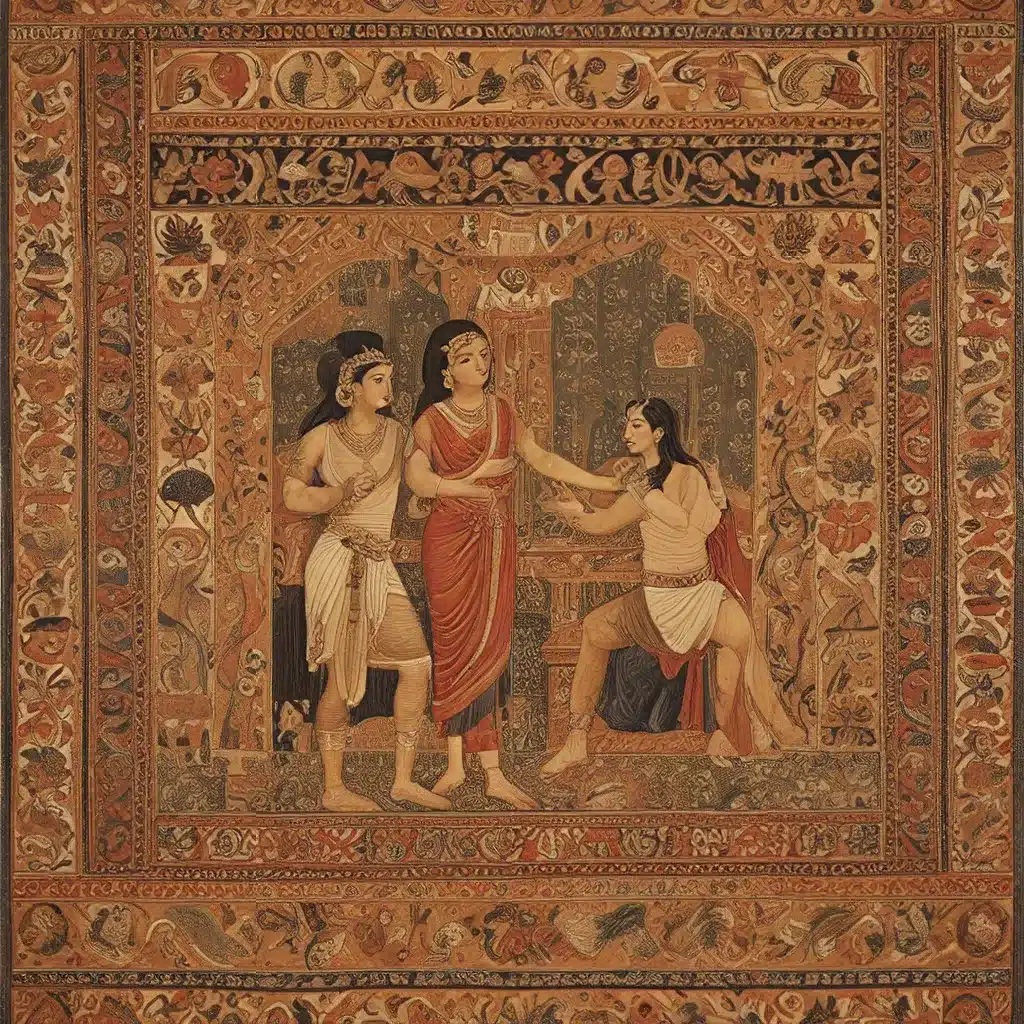
The Legacy of Ancient Civilizations: Unearthing the Secrets of the Past
The study of ancient civilizations has long captivated the human imagination, revealing a tapestry of diverse cultures, advanced technologies, and profound mysteries. From the towering pyramids of Egypt to the enigmatic Nazca lines of Peru, the remnants of these forgotten societies continue to inspire awe and wonder in modern-day explorers and historians alike. As we delve deeper into the annals of history, we uncover a rich and complex narrative that challenges our preconceptions and redefines our understanding of the past.
One of the most fascinating aspects of ancient history is the sheer breadth and interconnectedness of the various civilizations that once thrived across the globe. Far from existing in isolation, these societies were often linked through intricate networks of trade, cultural exchange, and technological innovation. The ancient world was a vibrant and dynamic place, where ideas, artifacts, and traditions traversed vast distances, shaping the development of diverse cultures and contributing to the shared heritage of humanity.
Unearthing the Mysteries of Forgotten Cultures
The field of archaeology has played a crucial role in unraveling the mysteries of these ancient civilizations. Through meticulous excavations, painstaking analysis, and cutting-edge scientific techniques, archaeologists have uncovered a wealth of information that sheds light on the daily lives, beliefs, and technological advancements of long-vanished societies.
One particularly intriguing example is the recent discovery of a bead weaving technique that was once practiced by a diverse range of ancient cultures. From the ancient Greeks and Romans to the Mughal Empire of South Asia, this intricate craft was used to create stunning textiles and adornments that were highly valued and traded across vast distances.
The history of bead weaving reveals the interconnectedness of ancient civilizations, as well as the remarkable ingenuity and technical prowess of their artisans. From the earliest punctured beads found in Kenya and Turkey to the advanced weaving techniques employed by the ancient Egyptians, this craft has been an integral part of human expression and cultural identity for millennia.
Rediscovering Lost Treasures: The Resurrection of Dhaka Muslin
One of the most remarkable examples of the rediscovery of a lost ancient craft is the ongoing effort to resurrect the legendary Dhaka muslin of Bangladesh. This incredibly fine and delicate fabric, once prized by emperors, queens, and the aristocracy across the ancient world, had been thought lost to the sands of time.
The intricate process of creating Dhaka muslin, involving 16 distinct steps and a rare, specialized cotton variety, was meticulously documented by the British East India Company during their colonial rule. However, the industry’s subsequent collapse and the loss of the unique cotton plant threatened to consign this remarkable textile to the annals of history.
But in a remarkable feat of archaeological and botanical sleuthing, a team of dedicated researchers has embarked on a mission to resurrect the Dhaka muslin tradition. By meticulously searching for the elusive plant that once provided the crucial cotton fibers, and collaborating with skilled weavers to revive the lost techniques, they have made significant strides in reclaiming this ancient treasure.
Challenging the Narrative of Western Civilization
The story of Dhaka muslin is just one example of how the traditional narrative of Western Civilization has been challenged by the growing body of historical and archaeological research. Far from being a linear progression of knowledge and innovation from ancient Greece and Rome to the modern-day West, the true history of humanity is much more complex and interconnected.
As scholars have delved deeper into the past, they have uncovered a vibrant tapestry of diverse cultures, ideas, and technological advancements that have been woven together over the centuries. From the merchants of 14th-century Sudan to the Buddhist sculptors of northern India and Pakistan, the rich legacy of the ancient world extends far beyond the traditional boundaries of “Western Civilization.”
This reframing of history has important implications for how we understand and celebrate the diverse contributions of cultures across the globe. By recognizing the interconnectedness of ancient civilizations and the myth of Western Civilization, we can gain a more nuanced and inclusive understanding of our shared human heritage.
Exploring the Wonders of Ancient Dinosaur Fossils
While the study of ancient civilizations and their cultural legacies is a fascinating field of inquiry, the world of dinosaur fossils holds its own captivating mysteries. From the towering Tyrannosaurus Rex to the majestic Brontosaurus, the remains of these prehistoric creatures have long captured the imagination of scholars and the general public alike.
Through rigorous paleontological research, scientists have been able to piece together a detailed picture of the prehistoric world and the evolution of life on Earth. By studying the intricate skeletal structures, fossilized remains, and ancient environments, researchers have been able to uncover groundbreaking insights into the lives and behaviors of these long-extinct creatures.
Moreover, the discovery of new dinosaur species and the ongoing refinement of our understanding of dinosaur evolution continue to captivate and inspire people around the world. Exploring the lost kingdoms of these prehistoric giants allows us to glimpse into the ancient past and better comprehend the complexity and diversity of life that has shaped our planet.
Conclusion: Unlocking the Secrets of the Past
The study of ancient civilizations and the exploration of prehistoric fossils represent a rich tapestry of human knowledge and discovery. As we continue to unravel the mysteries of the past, we gain a deeper appreciation for the interconnectedness of diverse cultures, the remarkable ingenuity of our ancestors, and the ever-evolving nature of our understanding of the world around us.
Whether it’s the resurrected bead weaving techniques of bygone eras or the unearthed remains of ancient dinosaurs, the pursuit of historical and archaeological knowledge is a testament to the human spirit of curiosity and exploration. By challenging the traditional narratives and embracing a more inclusive and diverse understanding of our shared past, we can unlock the secrets of antiquity and forge a deeper connection with the rich tapestry of human civilization.


